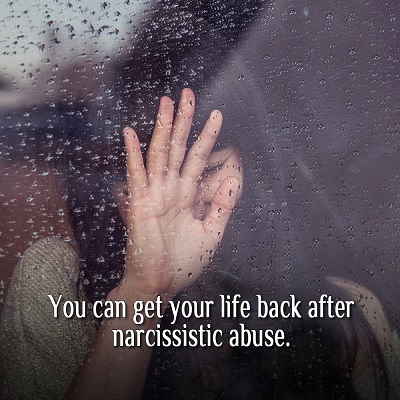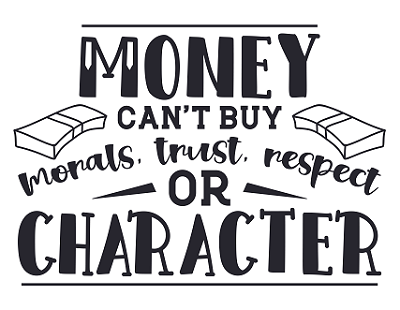 Narcissistic abuse is a form of emotional abuse projected by a narcissist to their victim, which induces a soul-crushing trauma that takes time to heal. A victim is incompletely aware of it until they’re in the process of healing from narcissistic abuse trauma, but narcissistic abuse takes so much from a person.
Narcissistic abuse is a form of emotional abuse projected by a narcissist to their victim, which induces a soul-crushing trauma that takes time to heal. A victim is incompletely aware of it until they’re in the process of healing from narcissistic abuse trauma, but narcissistic abuse takes so much from a person.
It affects their time, attention, values, and even identity. This form of abuse can emotionally drain the victim completely and to the benefit of the perpetrator (the narcissist).
Evan Stark, an award-winning researcher and author of the book, “Coercive Control,” first coined the term “perspecticide” which refers to the incapacity of the abused individual to know what they know, or not, as a result of the abuse.
Perspecticide is a strategy used by the narcissist as they gradually get into their victim’s mind, chipping away at their perspective until they have replaced their own thoughts and values with those of the narcissist. The ultimate goal is to strip the victim of their self-identity because it’s easy to control someone with no thoughts, feelings, and perspectives of their own.
Then the abused individual can blindly obey and follow what the narcissist would have them do. This causes a biochemical addiction that the victim develops over time, making it more difficult for a traumatized and abused victim to break free, let alone recover.
Narcissistic abuse is not easy to break away from. Trauma therapists understand the time it took for the victims to become hooked during the vicious cycle. Just like going through the five stages of grief (denial – anger – bargaining – depression – acceptance), recovery from narcissistic abuse takes a similarly long time to fully recover and heal.
Kim Saeed, a Narcissistic Abuse Recovery Expert, discusses a similar pattern which involves a 5-step-process to getting back on one’s feet after sustained narcissistic abuse:
1. Emergency stabilization
2. Punching upwards
3. One-foot-in-the-door
4. Objective analysis
5. Acceptance and reintegration
Certainly, it is no easy feat for a traumatized victim of narcissistic abuse to recover and heal after a long time of being coerced into this vicious and manipulative pattern, but as long as there is life, there is always hope.
Here are positive steps a victim can take towards healing and recovery from an unfortunate period of narcissistic abuse:
Break Away From the Abuser and Implement a No-Contact Rule
The first step every victim needs to take is to break away from their abuser. Once narcissistic abuse has been recognized, and the strength found to break away, stay away. To do this, it’s crucial to implement a “no contact rule,” which is also code for ‘no-looking-back-from-here.’
If you’re a victim who has managed to physically disengage yourself, there is hope waiting for you at the end of this very dark tunnel. Work on your new life and don’t waste any more time trying to change the other person, or even in getting them to recognize their faults. Focus on you and your recovery.
Allow Yourself To Feel Your Emotions
It is normal for victims to feel all manner of emotions, from anger to denial to depression. You are entitled to feel it. Your emotions are valid, let them out in the open. For the longest time, you’ve been made to deny your real feelings, but now that you’ve reconnected, let your emotions sink in. Own it. It is yours. It is valid. It is acceptable.
What may not be acceptable here is allowing any emotions caused by feeling needy or codependent to dictate your actions. You will be intensely inclined to go back to your narcissist because the familiarity makes you feel temporarily safe from change, but don’t.
If You’re In Too Deep, Seek Professional Guidance
The end of an abusive relationship signals a lot of unfinished business, unhealed wounds, and many questions. You have put yourself on an abrupt time-out from the abuse you’ve been putting up with for a period of time, and naturally, this feels painful, so painful that you just want to go back to the beginning of it all (with your abuser), to ease the pain away. Don’t waste any more time. Seek professional help instead.
Mindfulness Meditation
Practicing mindfulness meditation can help you get a hold of your troubled mind and emotions right now. Do it daily and notice yourself slowly recovering a sense of peace from all the chaos. It’s one powerful way to start your healing journey.
Rebuild Your Self-Esteem
It’s high time for you to reclaim yourself. Imagine that you were once a prisoner of war (a prisoner of your abuser, in the war called narcissism). Think of it like a storm that’s just passed, but blew off your entire house, yet you are alive and intact.
Feel grateful for being alive and for managing to escape from narcissistic abuse. Slowly, but surely, rebuild your self-esteem, like rebuilding your house which just got blown away. In time, you will feel whole again.





